Recognized as a World Heritage Site by UNESCO in 1995, this ancient capital is a perfect blend of Asian and European cultures and gentle nature. Luang Prabang does not welcome visitors with car horns or bright lights, but with the scent of incense wafting in the early morning breeze, the sound of temple bells ringing in the afternoon, and the leisurely steps of the locals like a wordless song.
The serenity of Wat Xieng Thong
City of silence
Once the capital of the Lan Xang Kingdom, also known as the Land of a Million Elephants, Luang Prabang carries within it the cultural sediments of many historical periods. The city's architecture features rustic wooden houses interspersed with rows of two-story French colonial houses with wide balconies, wooden shutters and sidewalk cafes, cobblestone streets, and more than 30 temples scattered across the small peninsula, creating a peaceful, slow-paced space.
Standing out among them is Wat Xieng Thong - the oldest temple in Luang Prabang, with a curved roof like a bird's wing, decorated with sophisticated gold mosaics on a black lacquer background, the walls are carved with stories about everyday life, about Buddhism, about the country and people of Laos.
Not far away is the former Royal Palace – now the National Museum – a mirror reflecting the period of Laos-France exchange. There, the sacred Prabang Buddha statue shines a quiet golden light against the blue sky, as if guarding the soul of the city throughout the rainy and sunny seasons.
Buddhism permeates every aspect of life here. A day in Luang Prabang begins with the Tak Bat (alms-seeking ceremony) taking place on the main streets. Hundreds of monks in orange-yellow robes line up to receive rice and offerings from locals and tourists. The ritual is not only the monks’ duty, but also teaches people to be good and accumulate virtue. In that quiet space, we can feel only respect for the Buddha spreading gently in the morning mist.
Sunset on Luang Prabang ancient town
The gentle melody of heaven and earth
Not only temples and history, Luang Prabang is also blessed by nature with a cool green coat. The two rivers Mekong and Nam Khan meander around the city, carrying with them the alluvial layer that has fed the residents for generations. Every sunset, and the sound of temple bells ringing in the distance.
To get a panoramic view of the ancient capital, take the time to climb the 328 steps leading to the top of Mount Phousi. This is the best place to watch the sunrise and sunset in Luang Prabang. From above, the ancient town appears like a watercolor painting: the golden water surface reflects the temple roofs and rows of trees. Where the mountains and rivers meet, we can listen to the sound of temple bells, the echoing chants, the gentle sound of boats on the river, all forming a sacred and gentle symphony.
Just 30km out of the city, Kuang Si waterfall appears like a clear dream with emerald green water flowing through many layers of white limestone, forming clear natural lakes. What could be better than immersing yourself in the cool water, washing away the dust of the city, letting your soul be calm in the wild space of the tropical forest.
The wall resembles a painting in Wat Xieng Thong temple
The thread connecting tradition and modernity
In Luang Prabang, tradition and modernity breathe together. Traditional craft villages coexist side by side with French-style cafes and modern shops and supermarkets.
In Ban Xang Khong and Ban Xieng Lek villages, Saa paper (like Do paper in Vietnam) is still made using the old method from mulberry bark. The artisans’ patient hands spread the pulp on a wire frame, wait for it to dry in the sun, and create durable sheets of paper. In the past, Saa paper was mainly used to copy Buddhist scriptures; today, artisans also press flowers and dried leaves to transform them into greeting cards, lanterns, and notebooks.
In addition to Saa paper making, Luang Prabang also has the traditional weaving craft of Ock Pop Tok, or the pottery village of Ban Chan with its rustic ceramic products made from Mekong River clay. There, memories are preserved, not by photographs or films, but by human hands.
When night falls, Luang Prabang night market is brilliant with the colors of souvenirs, hand-woven brocades; mixed with the aromas from food stalls, of Lao sausage, khao piak sen soup, and modern European-style dishes. But covering everything is still the slow, leisurely atmosphere, like the pace of life in Luang Prabang.
Not rushing to hold anyone back, nor making loud calls, the city is just quiet so that everyone who visits can feel their hearts calm, to feel and cherish every moment of life. In a world that is constantly moving, Luang Prabang still maintains a slow pace of life, close to nature and preserves the traditional values of the ancient capital.
Source: https://heritagevietnamairlines.com/khuc-ca-thanh-binh-ben-dong-mekong/


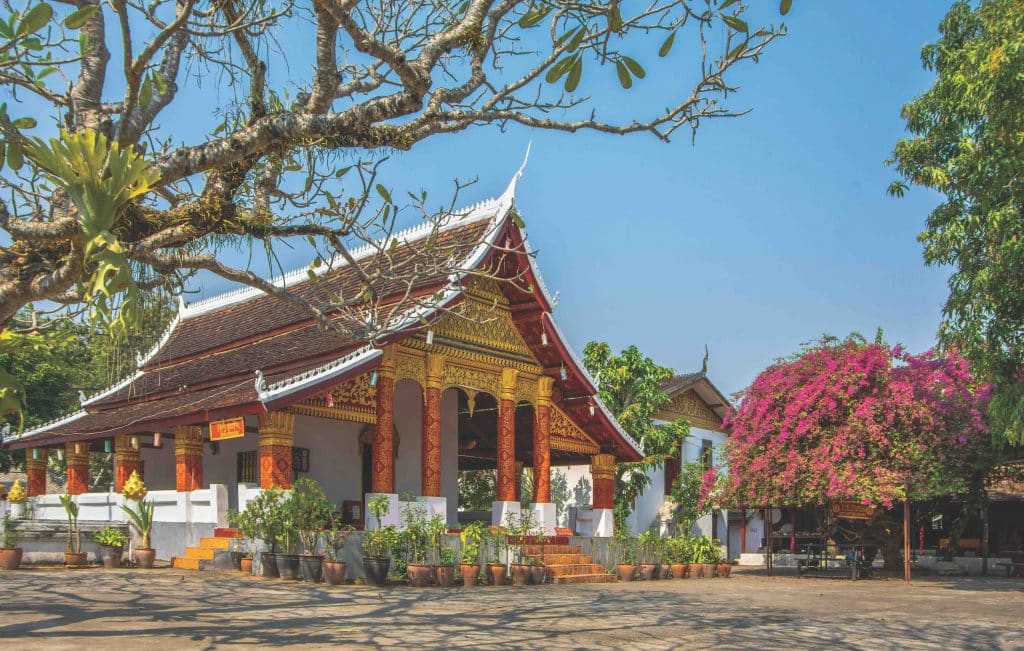
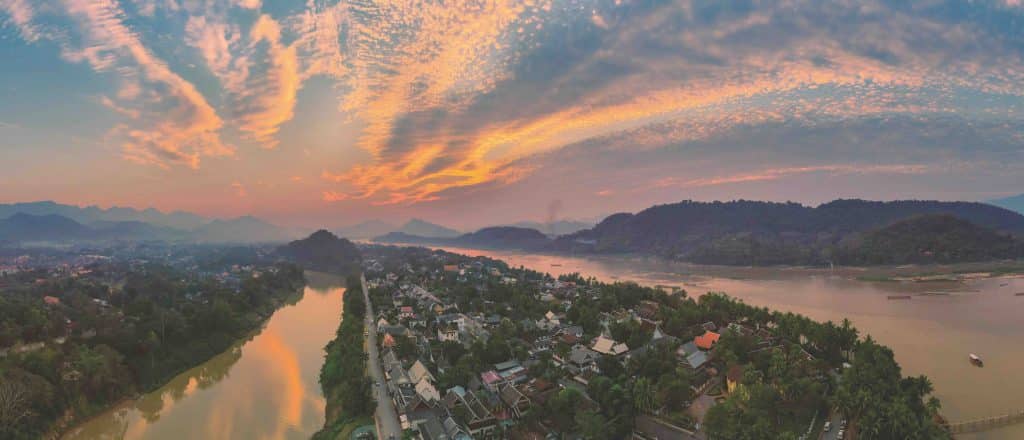
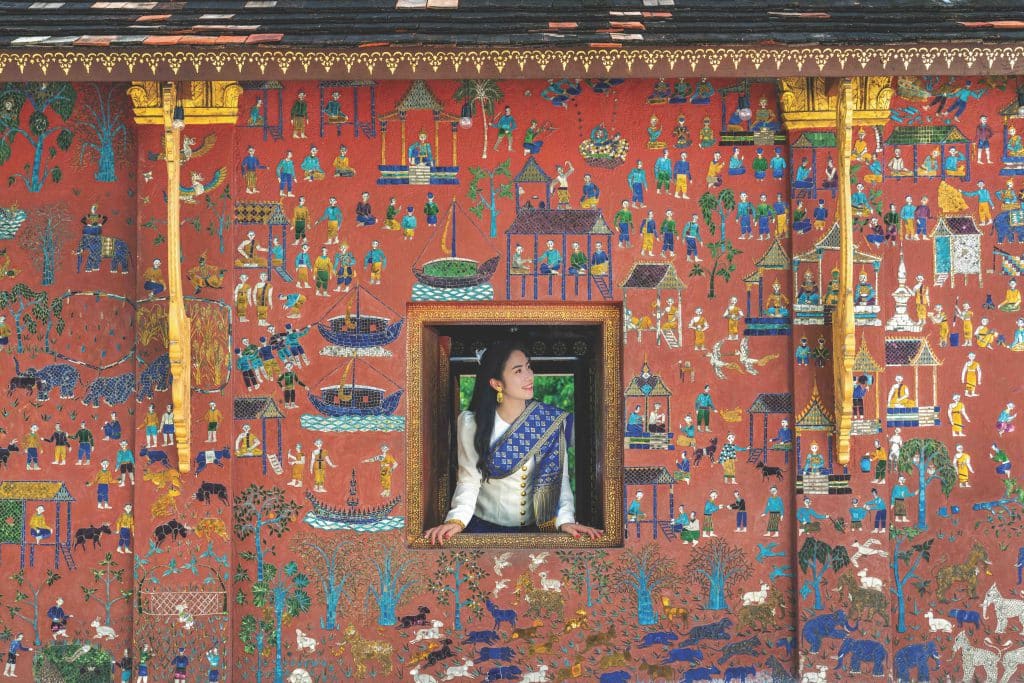




![[Photo] Panorama of the Opening Ceremony of the National Press Festival 2025](https://vphoto.vietnam.vn/thumb/1200x675/vietnam/resource/IMAGE/2025/6/20/6b835ee92c2c4df587af73cb2d1f4f5f)

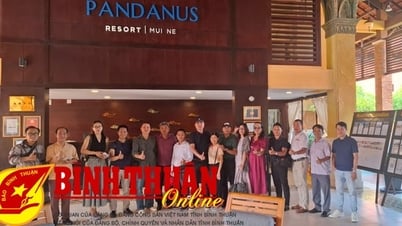



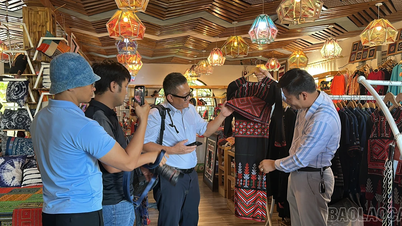

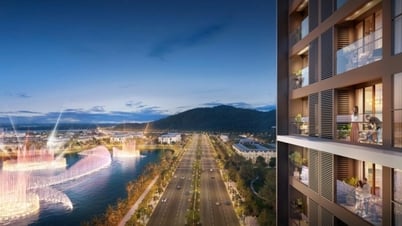

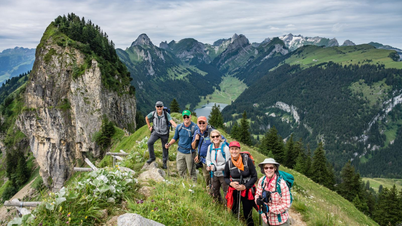




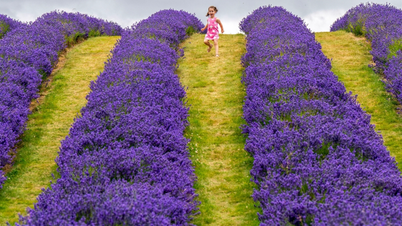


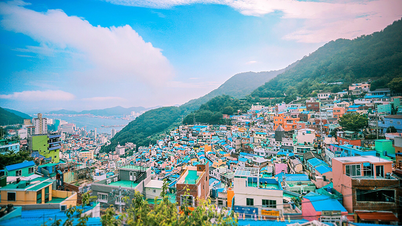






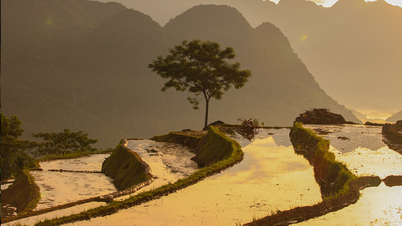



![[Maritime News] Wan Hai Lines invests $150 million to buy 48,000 containers](https://vphoto.vietnam.vn/thumb/402x226/vietnam/resource/IMAGE/2025/6/20/c945a62aff624b4bb5c25e67e9bcc1cb)
![[Photo] General Secretary To Lam chairs the 14th Central Military Commission Conference](https://vphoto.vietnam.vn/thumb/1200x675/vietnam/resource/IMAGE/2025/6/20/a9d25fc6dd664fb9a3757502f32e5db0)














































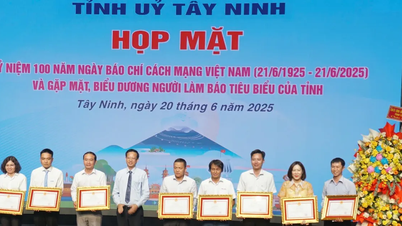




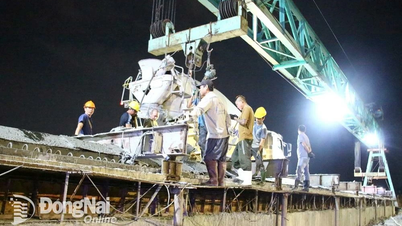











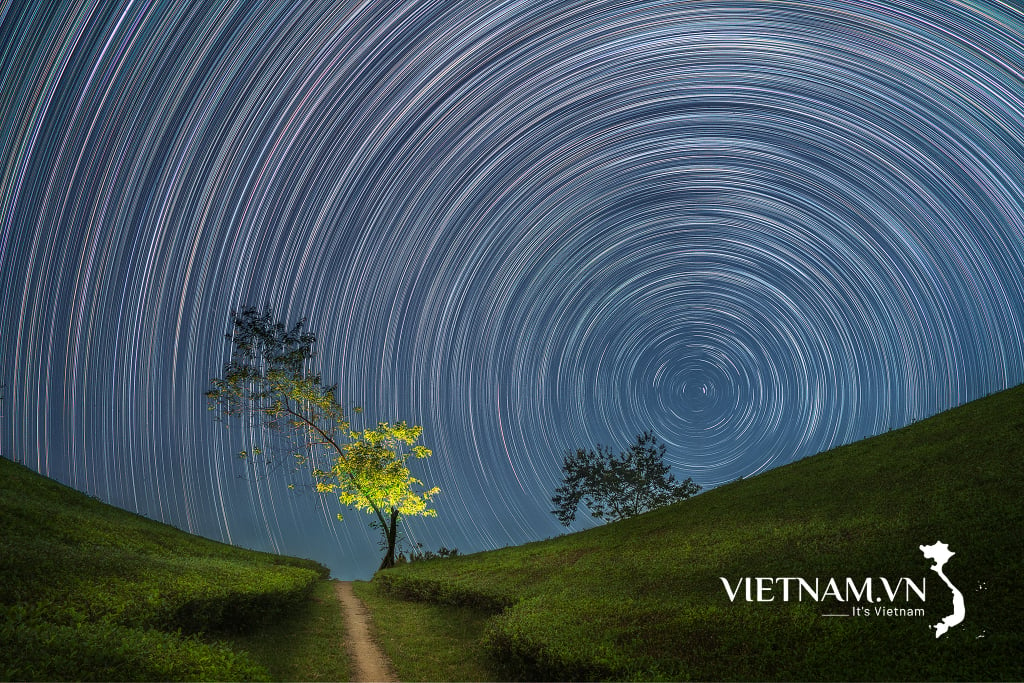



Comment (0)